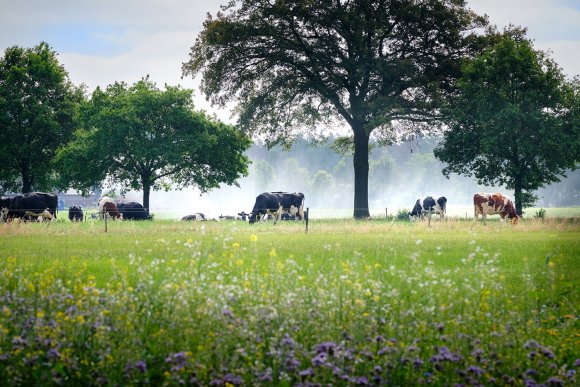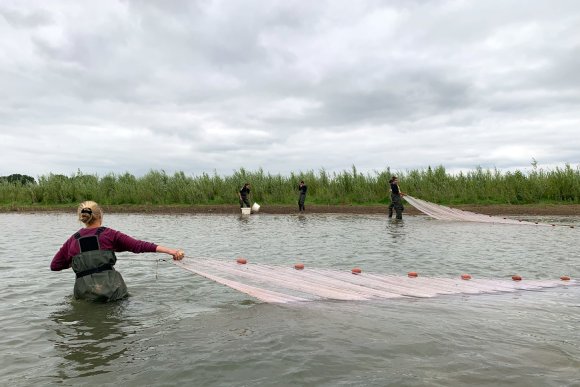Climate change
Climate change is one of the biggest challenges of our time. Although a global problem, the causes and solutions of climate change are often local. Wageningen University & Research (WUR) explores the impacts on society and ecosystems, and develop evidence-based, integrated solutions and technology: the Wageningen Climate Solutions.
Working on climate solutions: the Wageningen Approach
Citizens, governments, companies and other stakeholders want to find solutions for the consequences of climate change. Either by coming up with ways to ‘deal with’ climate change (adaptation), or by developing innovative technologies to stop or reverse climate change (mitigation). Often it is a combination of both mitigation and adaptation which create the most durable climate solutions. A ‘one size fits all-solution’ is not our goal. We want to add our research power to already available knowledge. With Wageningen Climate Solutions WUR aims to co-create opportunities to improve the local quality of life. WUR is a world leading research organisation, which stems from our ability to successfully integrate both fundamental and applied research from different perspectives. This interdisciplinary way of tackling challenges is known as the ‘Wageningen Approach’.
Nature-Based Solutions
Nature-Based Solutions are the third way WUR differentiates itself from other parties which offer climate solutions. By making use of and working with – rather than against – long-term natural processes, we can devise sustainable and resilient solutions to climate change.
Stories about research on climate change
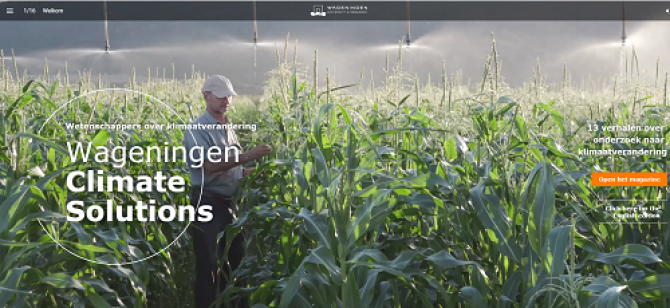
Impact stories
Read more of our impact stories
More information in our climate dossiers:

Climate and drought
The Dutch climate is changing rapidly, and there is a real chance of increased droughts in the future. The summer of 2018 was one of the dryest in the decades, and 2019 was also far from wet. Wageningen University & Research studied the effect this drought has on agriculture, nature and living circumstances. In this dossier, you will find news, background information and the results of research on drought.

Climate and soils
Soils play an important role in the carbon cycle. The total carbon content in the soil (1500 Gton) is twice as large as the amount of carbon in the atmosphere. Much of this carbon is stored in peat soils. Small changes in this stock can therefore have a big influence on the emissions of CO2.
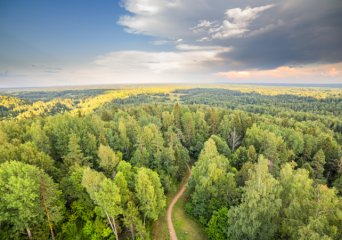
Climate and forests
There are more than 3 trillion trees on earth, that means there are about 422 trees per person. However, the total number of trees has almost been halved since the start of human civilization. Ecosystems with a long lifespan, like forests, are more vulnerable to the relatively quick changes of climate change.
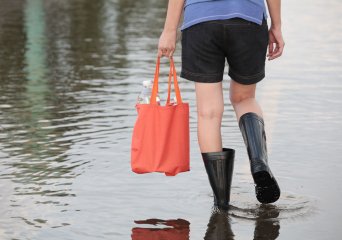
Climate and flooding
The amount of extreme rainfall and its severity is increasing in the Netherlands and Western Europe. What is the reason for this and what can we do to limit nuisance?

Climate-Smart Agriculture
Agriculture emits greenhouse gasses and therefore contributes to climate change, but agriculture and food security are also threatened by climate change. The growth of the world population and increase of income levels has resulted in a increased demand for food. Yet, this demand is increasing faster than ever before because the number of middle and high income people in the world is growing rapidly. Climate-Smart Agriculture addresses on the one hand the reduction of the environmental and climate impact of agricultural activity and on the other hand the development of food production methods and crops that are well adapted to changing weather conditions.

Urban climate
A green environment is essential for a resilient climate and a sustainable environment in the city. It reduces air pollution, provides water storage, dampens noise and cools in warm periods. For example, the cooling of hot air in the city can be done by the strategic construction of open areas. In this dossier you can find news, background and results of research on urban climate.
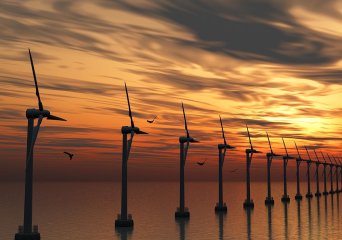
Climate and energy
In 2030, 70% of Dutch energy must be renewable, as agreed in the Climate Agreement. That is why investments in wind and solar energy on land and at sea are substantial. Wageningen University & Research is investigating the opportunities for integrating wind turbines and solar panels into the landscape in a nature-friendly manner. We are also looking at the impact of (the extraction of) both renewable and fossil fuels on the ecosystem and how ecological effects can be mitigated.

The Netherlands in 2120
Climate change, urbanisation, biodiversity, rising sea levels, extreme weather and increasing food production: these are just a few of the factors that help shape the spatial planning of the Netherlands. Wageningen University & Research has drafted a vision on what it believes a future-proof Netherlands could look like in 2120.
Causes of climate change
Climate change is caused by an increase of greenhouse gasses. Greenhouse gasses do not only consist of CO2, but also of methane (CH4), nitrogen dioxide (NO2), ozone (03), and water vapour. These gasses originate from different processes: CO2 is created during combustion (for example in a combustion engine) and methane is for example created during digestion (for example by livestock).
Consequences of climate change
The most well-known effects of climate change is global warming. However, there are also other effects: animals in nature change their rhythm which could cause mismatches. Countries will have to deal with new diseases, for example vector borne diseases which are spread through insects which spread further north. New diseases could not only affect humans, but also food security as farmers will have to deal with new exotic diseases due to climate change.

